A special shoe for every sport!
How to Choose a Workout Shoe
Choosing the ideal footwear for your workout varies greatly depending on the activity, frequency and competition level. When possible, it is always best to have your shoes fitted to your individual needs and activity requirements. What works for one gym goer won’t necessary work for you. Whilst there are shoes that are better suited to different exercise activities; it is important to remember that when exercising at a recreational level – you can afford to have some flexibility and overlap in your shoe choices.
Many of us are not exercising at a professional or competitive level - so it makes sense to have a shoe that can meet your specific activity level yet still give you bang for your buck.
It is common to use the one running shoe for all activities, and this is okay! However - It is important to note that this will diminish the lifespan of the shoe and you will miss out on some of the benefits features of activity specific shoes (as detailed below). Alternatively, the best outcome is to have the right shoe for the specific activity; to increase the lifespan, performance, enjoyment and success of your shoe. And most importantly, your activity!
Below we break down what to look for in an exercise shoe, based on activity, and our model recommendations.
Weight Lifting
When lifting weights the goal is to be as connected to the ground as possible. The aim of the game is stability. A typical cushioned running shoe can be unsuitable as the extra height creates instability through the higher centre of gravity. You should look for a shoe that has a flat, stable base and will not compress as much as a running shoe.
Features
Low is key. Low heel height. Flat stable outsole/ base. Minimal cushioning.
Shoe Recommendation: Check out our Fitness and Training section for Men and Women.
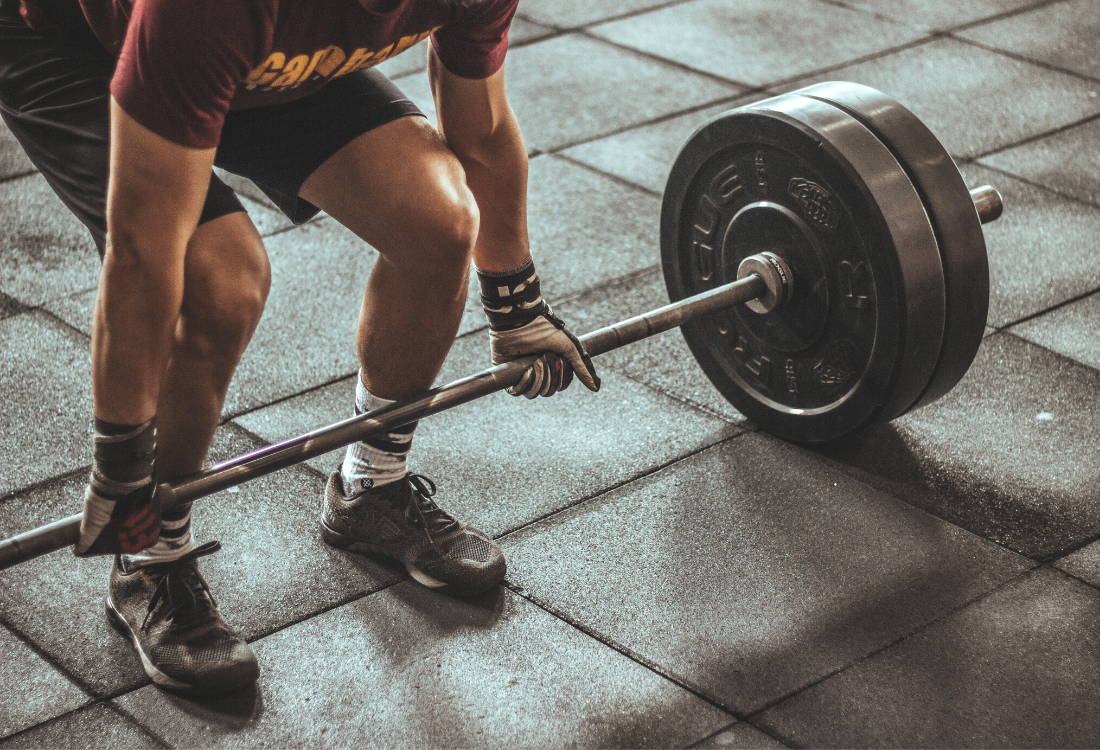
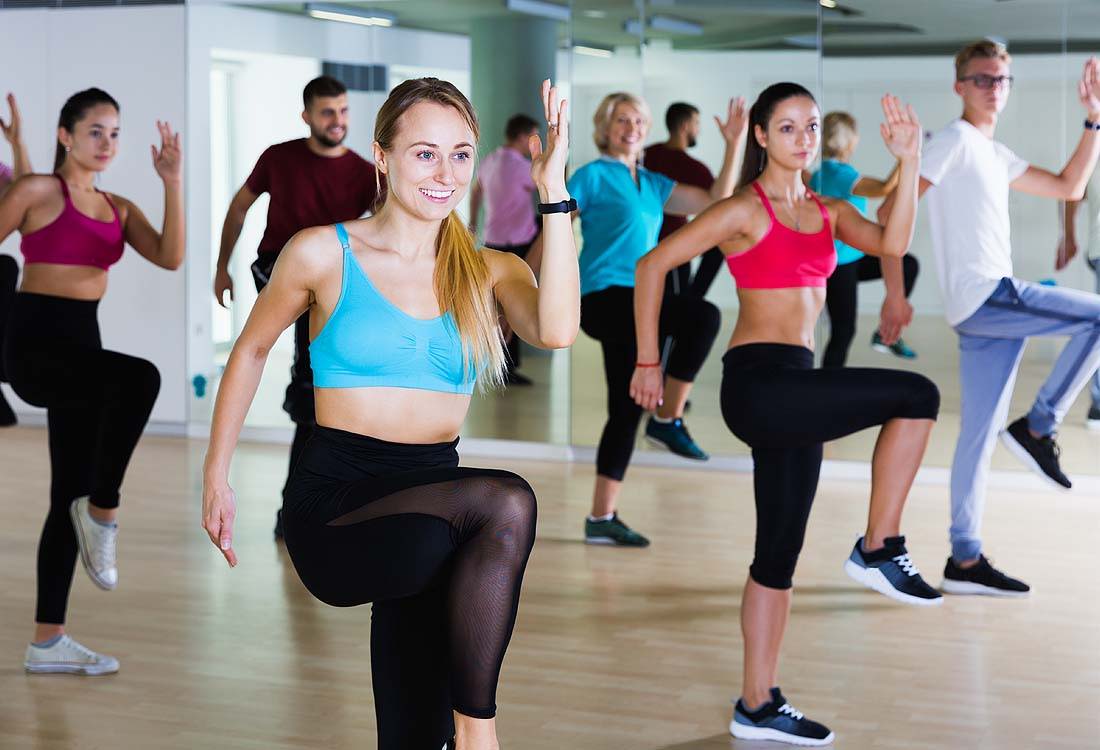
Classes
Classes vary greatly from gym to gym, but the requirements and basics are essentially the same. You should look for a light weight shoe that won’t restrict movement. Some cushioning is good, but try to aim for less than a running shoe. Again, this is for stability and to lower your centre of gravity. Depending on the class style you might need a shoe with increased lateral stability to avoid risk of rolling your ankle eg. Body attack, boxing.
Features: Lightweight, lower centre of gravity, lateral stability.
REMEMBER: There is no one shoe that will be perfect for all classes and there is some flexibility with shoe choices. If in doubt, come in and talk to us about your exercise routine and activity level and we can ensure it is tailored to you.
Shoe Recommendation: Check out our Fitness and Training section for Men and Women.
Event training
It is important to wear your event day shoes 20% of the time to condition your body to the lighter weight. And for the more obvious reason, that if you don’t wear your shoes before an event you open yourself up to the risk of blisters and pain. Employing the 80/20 rule gives you the best chances of performing at your best.
Features
Highly cushioned and supportive. Important to ensure this shoe is fitted specifically to your activity level, biomechanics and injury history (this is where we come in).
Shoe Recommendation: Check out our Running section for Women and Men.
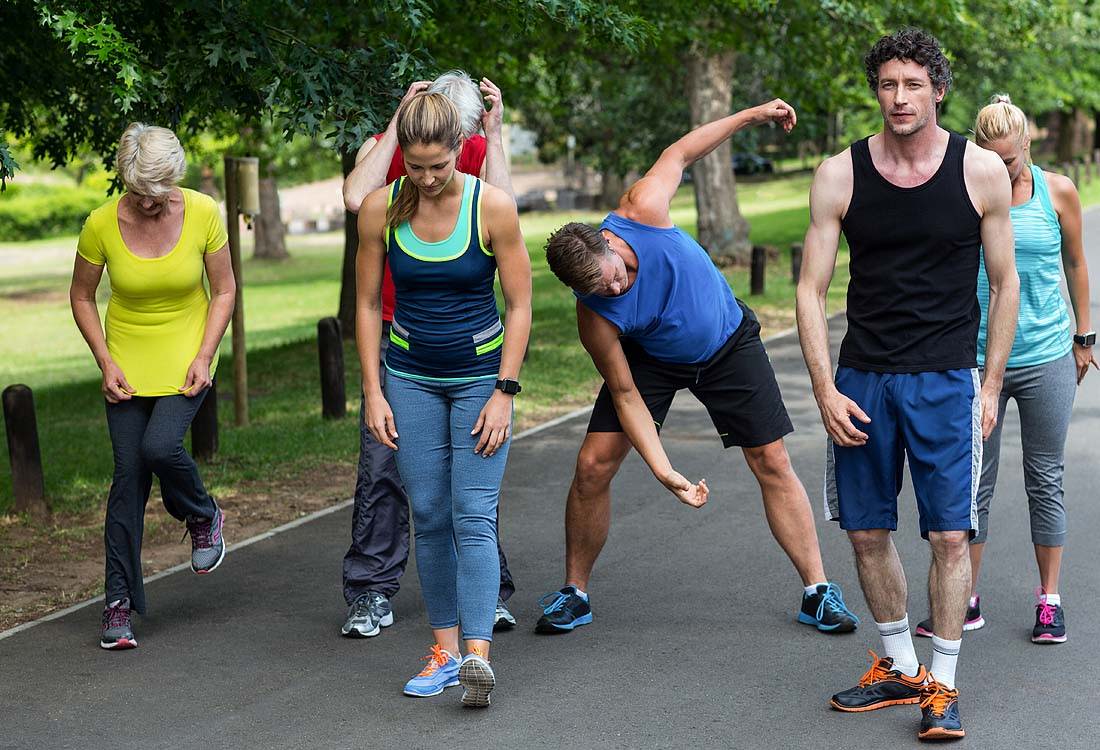
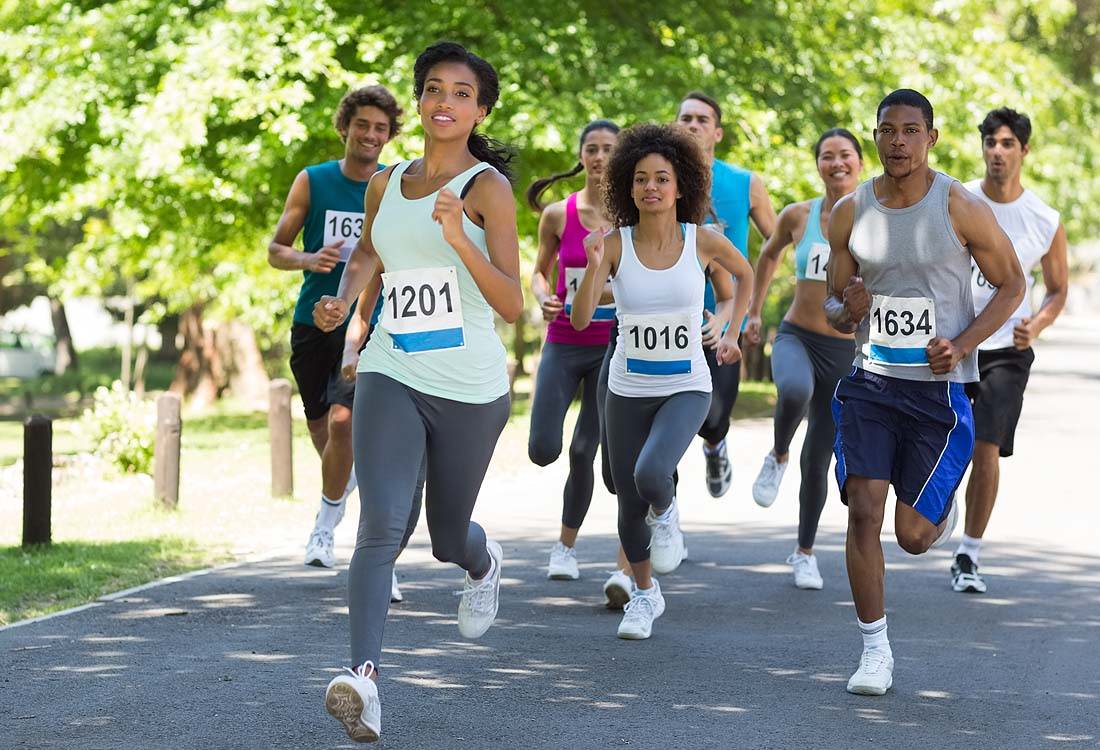
Race/ tempo
Wear the race shoe when racing, doing speed work, track work, and for events. For individuals of slighter build this shoe could be suitable as an everyday runner.
Features
Lighter weight. Due to less cushioning, lower stack heights and less rigid uppers.
Shoe Recommendation: Check out our Race, Lightweight and Performance section for Men and Women.
SPORT SPECIFIC
Netball
Netball shoe is a ‘court specific’ shoe that is designed to withstand side-to-side and stop start movements. As opposed to a running shoe, which is designed for straight-line high impact, repetitious activities such as walking and running. Netball shoes feature a structured upper to provide lateral stability. Lower heel pitch/ stack heights. Lowers the centre of gravity, keeps us closer to the ground thus reducing the risk of injury. A wrapped outsole that is more durable and a grip sole, often with pivot points to withstand the high impact, friction and wear.
Football
Football boots are generally broken down into two categories and often it comes down to personal preference. Supportive/ cushioning: If you want your boot to feel more like a runner, with cushioning and stability.
Performance/lightweight: if you want it to feel like you’re wearing nothing at all – fast and lightweight.
AFL boots feature studs of varying length and positioning to allow grip and traction for ground conditions, from dry to wet surfaces.
At Active Feet, we stock Asics football boots as they feature a 10mm heel gradient to decrease the strain on the lower extremities.



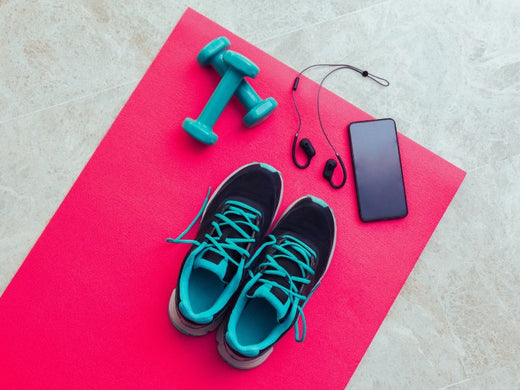
Working out from Home
What Makes a Shoe a Netball Shoe